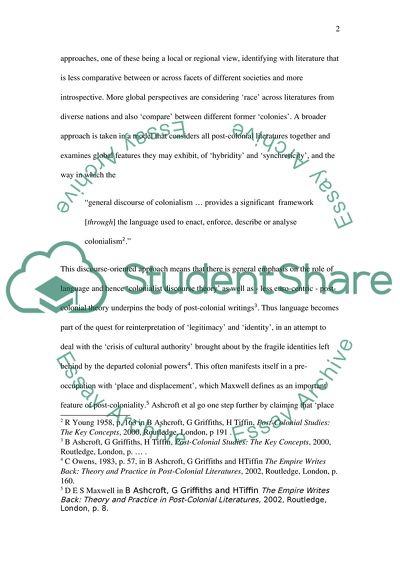Cite this document
(Margaret Atwoods Survival and Sally Morgans My Place Literature review - 1, n.d.)
Margaret Atwoods Survival and Sally Morgans My Place Literature review - 1. Retrieved from https://studentshare.org/literature/1750275-postcolonial-writing
Margaret Atwoods Survival and Sally Morgans My Place Literature review - 1. Retrieved from https://studentshare.org/literature/1750275-postcolonial-writing
(Margaret Atwoods Survival and Sally Morgans My Place Literature Review - 1)
Margaret Atwoods Survival and Sally Morgans My Place Literature Review - 1. https://studentshare.org/literature/1750275-postcolonial-writing.
Margaret Atwoods Survival and Sally Morgans My Place Literature Review - 1. https://studentshare.org/literature/1750275-postcolonial-writing.
“Margaret Atwoods Survival and Sally Morgans My Place Literature Review - 1”, n.d. https://studentshare.org/literature/1750275-postcolonial-writing.


